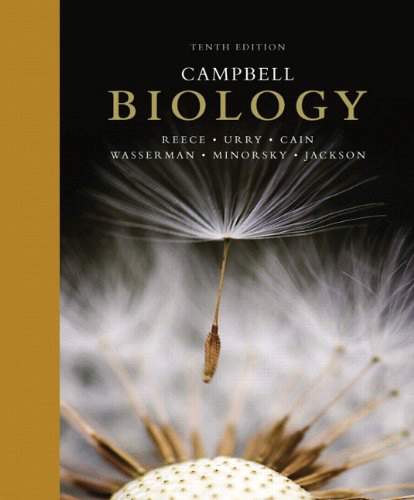Connecting...

This is a quick preview of the lesson. For full access, please Log In or Sign up.
For more information, please see full course syllabus of Biology
For more information, please see full course syllabus of Biology
Biology Fungi
Lecture Description
In this lesson, our instructor Bryan Cardella gives an introduction on fungi. He discusses the fungi basics, fungal structure, reproductive strategies, zygomycota, ascomycota, basidiomycota, deuteromycota, benefits of fungi, and fungal infections.
Bookmark & Share
Embed
Share this knowledge with your friends!
Copy & Paste this embed code into your website’s HTML
Please ensure that your website editor is in text mode when you paste the code.(In Wordpress, the mode button is on the top right corner.)
×
Since this lesson is not free, only the preview will appear on your website.
- - Allow users to view the embedded video in full-size.
Next Lecture
Previous Lecture










































 Answer Engine
Answer Engine

1 answer
Wed May 13, 2015 6:17 PM
Post by morgan franke on May 13, 2015
Can you help me identify what some analogies are between plants and fungi reproductive cycles? fungi and animals? and animals and plants?
1 answer
Tue Mar 25, 2014 12:47 PM
Post by michelle rosa on March 24, 2014
is there any practice questions for this section?